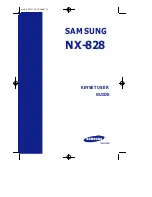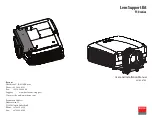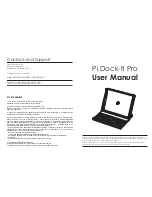
MIO-R45XRFR4836 Rev E
G&B Specialties Inc. 535 West 3
rd
Street, Berwick, PA, USA Tel: (570) 752-5901 Fax: (570) 752-6397
US Field Service: 570-441-6988; CAN Field Service 570-854-0482; www.rafna.com
-10-
O
PERATION OF
R
OTATING
R
EAR
R
AILGEAR
With the railgear kit installed on this vehicle, it may be operated as normal, however the
vehicle has decreased ground clearance and angles of approach and departure due to the
railgear. Caution must be used when operating the vehicle.
Never operate the vehicle if the Gross Vehicle Weight Rating (GVWR), Gross Axle Weight
Rating Front or Rear (GAWR), or the wheel or tire load ratings are exceeded.
Refer to the Hydraulic Kit Operation, Service, and Parts manual for information on the
location and operation of the railgear hydraulic system controls.
Placing the Vehicle on Rail – To Lower the Railgear:
1.
Disengage the mechanical locking pins by pulling on the locking cable handle or lever. Do
not force the locking cable/lever. If the lock pins cannot be disengaged, raise the railgear
slightly.
2.
Hold the locking cable handle/lever in the disengaged position.
3.
Lower the railgear and release the locking cable handle/lever once the railgear has
rotated past the road locked position.
4.
As the railgear is being deployed, it will start taking some of the vehicle’s load. (If this is
not the case, DO NOT use the railgear. Inspect the railgear for lubrication and damage.)
5.
Continue lowering the railgear until the hydraulic cylinders are fully extended. In this
position, the railgear should be about 2-3º over center.
Removing the Vehicle from Rail – To Raise the Railgear:
1.
Raise the railgear.
2.
Continue raising the railgear until the lock pins click into the road locked position. The
hydraulic cylinders should be completely retracted.
3.
Ensure that the lock pins are engaged.











































